Tackling dag
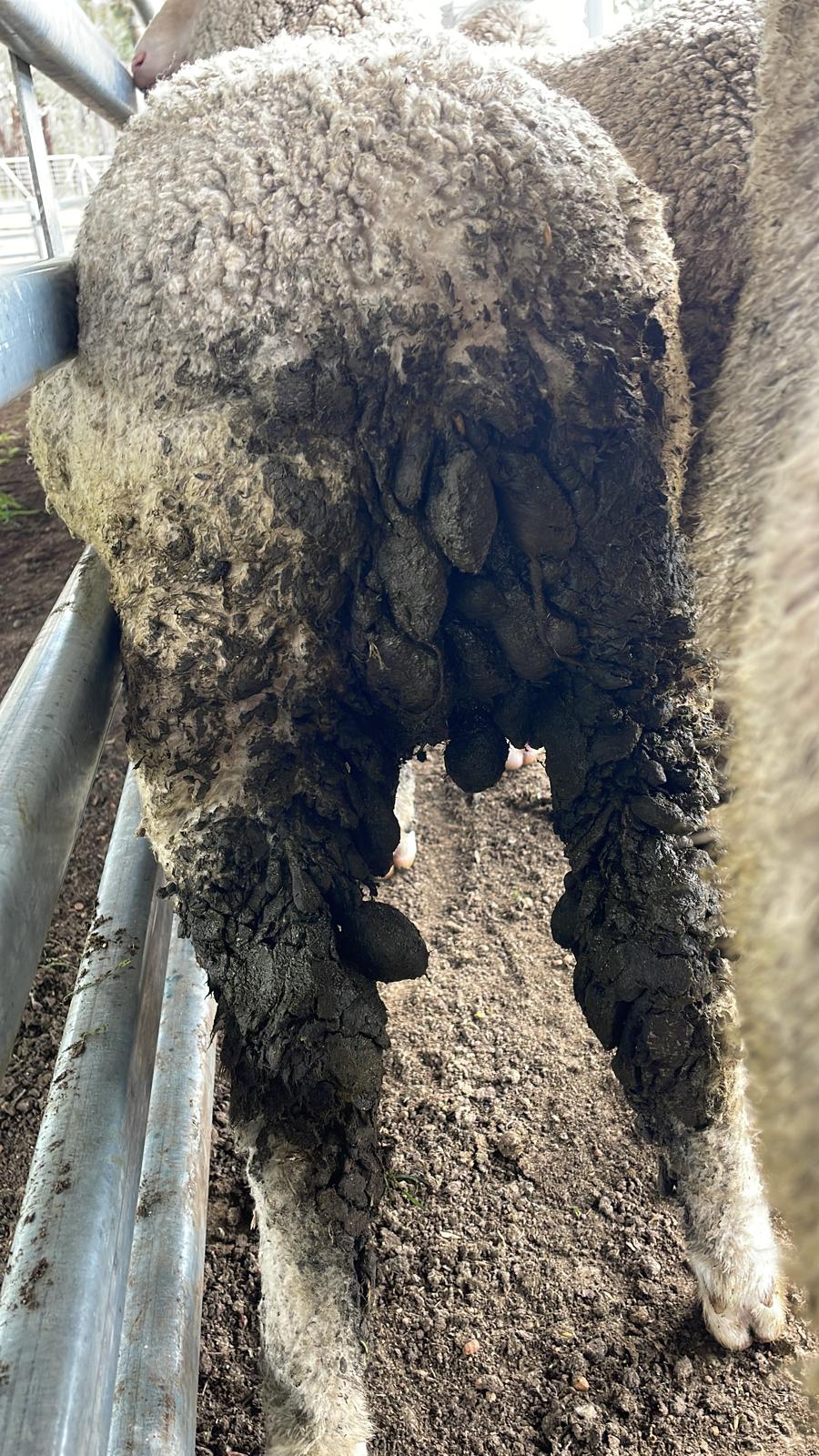
Dags can be costly for sheep enterprises due to the need for crutching, reduced wool value and treatment costs. The accumulation of dag is also the greatest risk factor for breech strike. This article dives into how to deal with dag, including how to breed for reduced dag.
Dags can be costly for sheep enterprises due to the need for crutching, reduced wool value and treatment costs. The accumulation of dag is the greatest risk factor for breech strike, which also has significant costs and impacts on animal welfare. There can also be further costs from dag further down the supply chain, such as those associated with microbial contamination and trimming of carcasses, and reduced shelf-life of meat products.
What causes dag?
Dags stick to the wool when sheep faeces are not in the pelleted form, hence looser faeces and particularly ongoing scouring are major risk factors for dags. Scouring can have many causes, including worm burdens, protozoal and bacterial infections, grazing perennial ryegrass pastures with endophytes (toxins), acidosis, grazing lush and rapidly growing green forages, rapid changes in diet, mineral imbalances, trace element deficiencies and toxicities. The complex nature of faecal consistency means that it is not always easy to control.
Scouring associated with worm burdens is common in a proportion of lambs in most flocks, particularly those in higher rainfall regions. Scouring and dag in mature sheep tend to be less predictable in regions with a pronounced Mediterranean climate, as seen in Western Australia. Typically, 5% of ewes in the medium to high rainfall regions of WA are affected, but in some cases, this can be 20% or more, even up to 85%.
Best-practice worm control programs reduce scouring, although scouring and dag can still be observed in some sheep depending on the region, seasonal conditions and availability of pasture. Strategic worm control programs can be challenged by drench resistance, which reduces the effectiveness of the control measures and often leads to large worm populations earlier in the season than expected.
Sheep may sometimes scour when worm burdens are low. This is called hypersensitivity scouring or low worm egg count scouring and is due to an excessive inflammatory response that damages the gut of daggy sheep. Hypersensitivity scouring is most commonly seen in hogget and young adult sheep in Mediterranean regions. This response is heritable, so these sheep will scour and have a high dag score each year. Genetic selection for reduced dag is currently the best long-term strategy for controlling hypersensitivity scouring.
The risk of dag accumulation is increased by incorrect tail length and having more wrinkles and wool cover on the breech. Docking tails at the fourth coccygeal joint reduces the severity of dag and risk of breech strike. Shorter tails predispose to soiling of the wool around the tail and crutch as well as cancers in the perineal region, bacterial joint infections and rectal prolapse. Longer tails increase the risk of dag accumulation in high dag environments.
How to deal with dag
Whilst scouring itself is complex, the most likely cause of scouring can be identified by taking a stepwise approach. Consider the history of the sheep and relevant risk factors such as the age of the sheep and proportion of the mob affected, your region, pasture type, rainfall and time of year when working through the potential causes.
Start by conducting a worm egg count.
If worm egg counts are high, typically above 500 eggs per gram (of non-Barber’s Pole worm), this usually indicates that the scouring is being caused by worms and drenching with an effective drench can be expected to address the scouring. Scouring associated with heavy worm burdens is most common in sheep less than 1 year old and lambing ewes, along with those in poor condition. Effective worm control requires a combination of strategies, so make sure to have a worm control program in place for your enterprise. You can find more information on worm control programs for WA on the Paraboss website here.
If worm egg counts are low, typically below 200 eggs per gram, other causes and risk factors need to be considered:
- Testing for protozoa or bacterial infections may be warranted. These infections rarely cause infection in older sheep, so close examination of the diet may help identify the cause of scouring in older sheep.
- Examine nutritional factors, e.g. has there been a sudden change in diet, supplementary feeding with grain or exposure to plants that can cause scouring?
- Hypersensitivity scouring should be considered when all other factors have been ruled out.
Breeding for reduced dag
Selection of sheep with less dag is a longer-term strategy for controlling dag. This can be achieved by selecting sheep that genetically have less dag (lower LDAG Australian Sheep Breeding Value (ASBV)), increased bare breech area (lower BCOV ASBV) and less breech wrinkle (lower EBWR ASBV).
Sheep can be visually scored for dag, breech cover and breech wrinkle using the AWI Visual Sheep Scores guide. These visual scores can be used by ram breeders and commercial woolgrowers to inform selection and culling decisions. Ram breeders can submit their data to Sheep Genetics to progress the development of across-flock ASBVs for these traits.
You can find the AWI Visual Sheep Scores guide here.
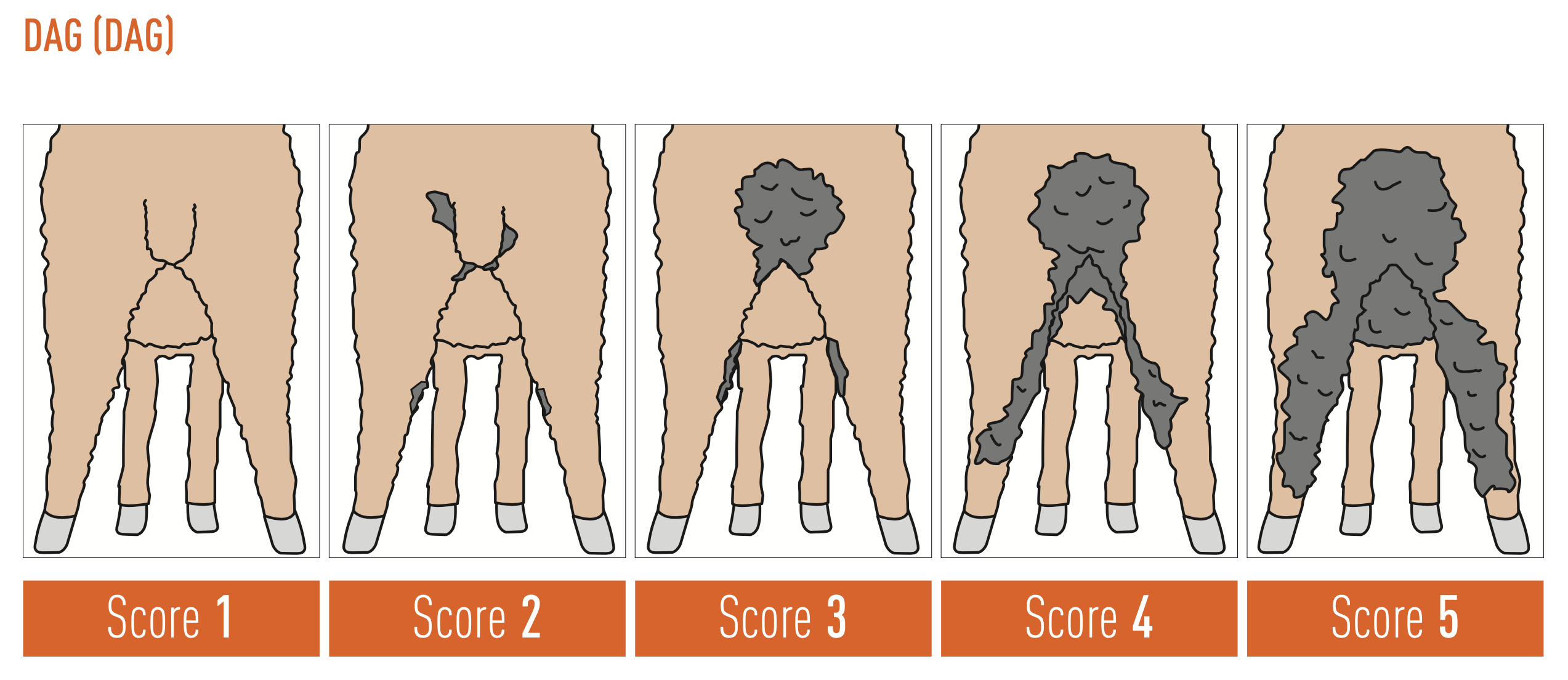
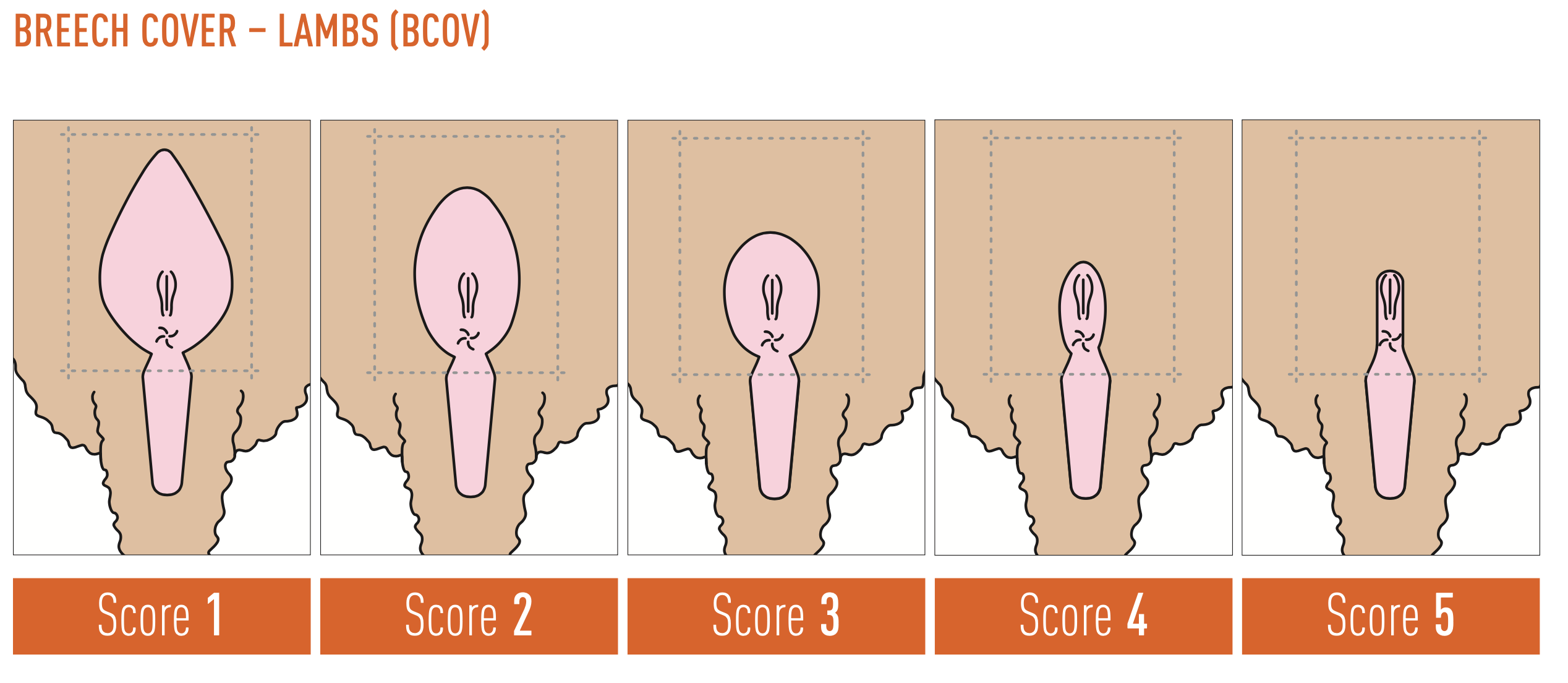
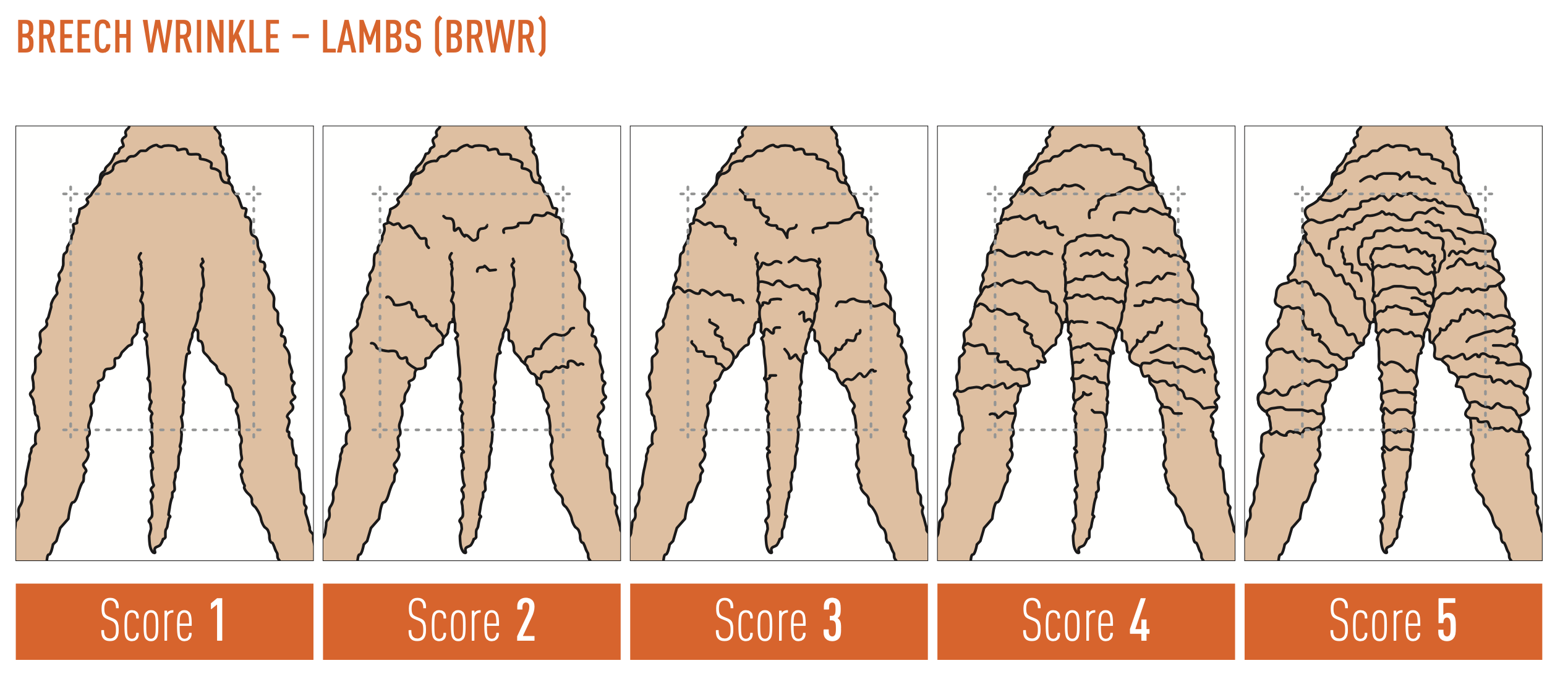
Source: AWI Visual Sheep Scores guide
It is important to note that selecting sheep for increased worm resistance (lower WEC ASBV) is not related to less dag accumulation. The relationship between a worm infection and scouring is complex, as scouring results from both direct effects of worms in the gut and the immune response of the sheep to the worms. The severity of scouring is poorly correlated with worm burdens in adult sheep. Hence, sheep that are resistant to worms do not necessarily have low dag scores. This means that resistance to worms (via WEC ASBV) and dag (LDAG ASBV) needs to be included as separate traits in breeding programs to help reduce dags and breech strike in the flock.
Other resources
Amy Lockwood, AWI Extension WA






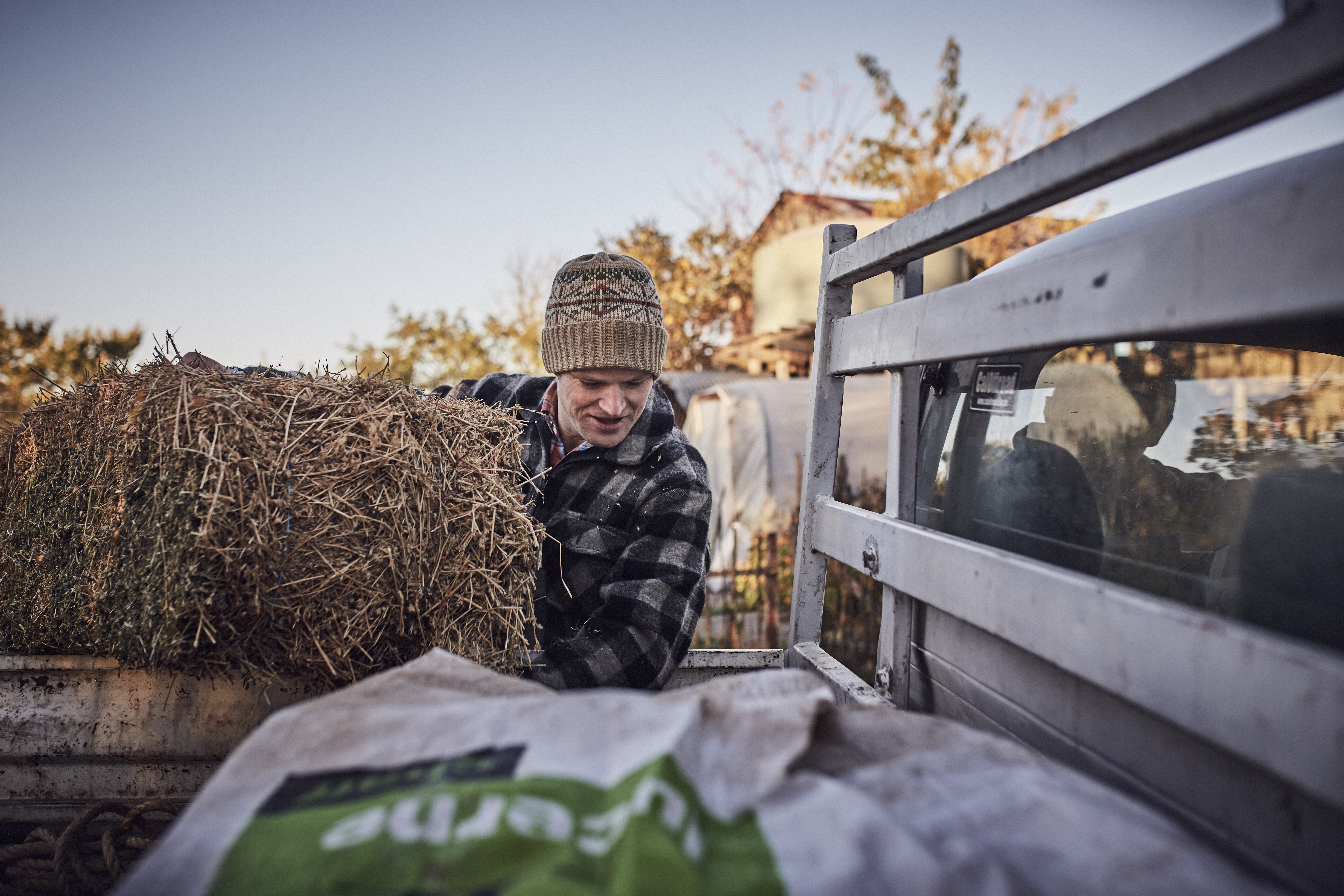
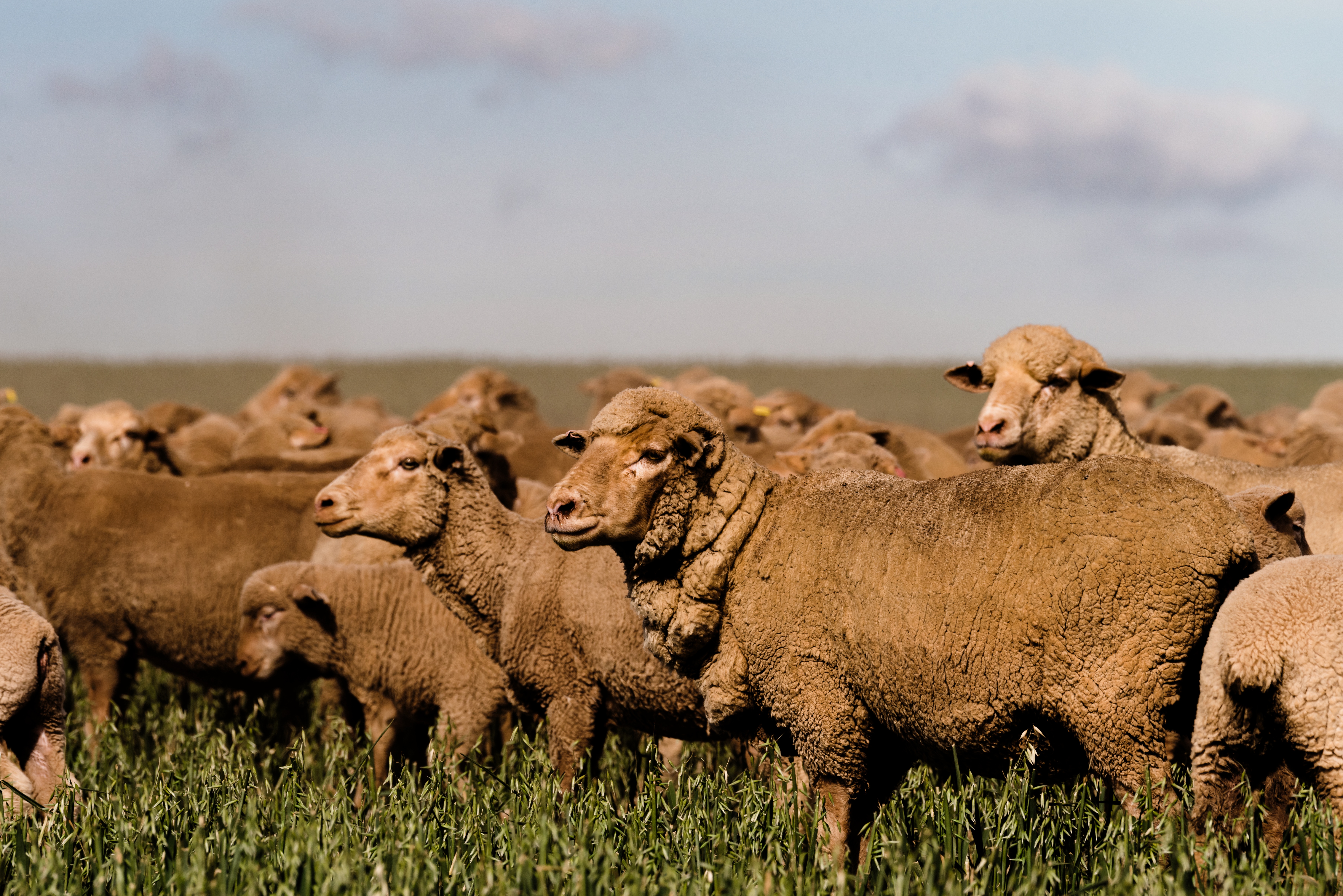
.jpg/Zz0zNDRlNmZlMjBlYmMxMWYwOTk5YzVlMmQ3Njg2YmYwZg==)